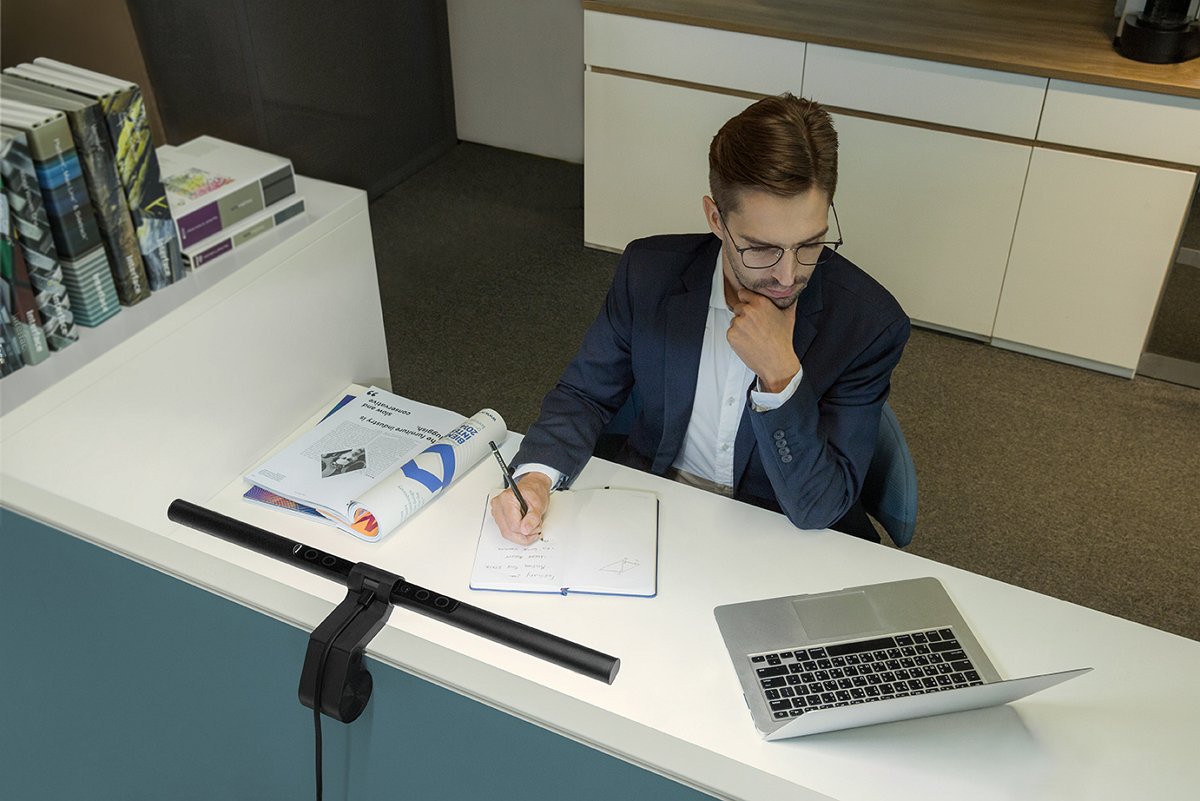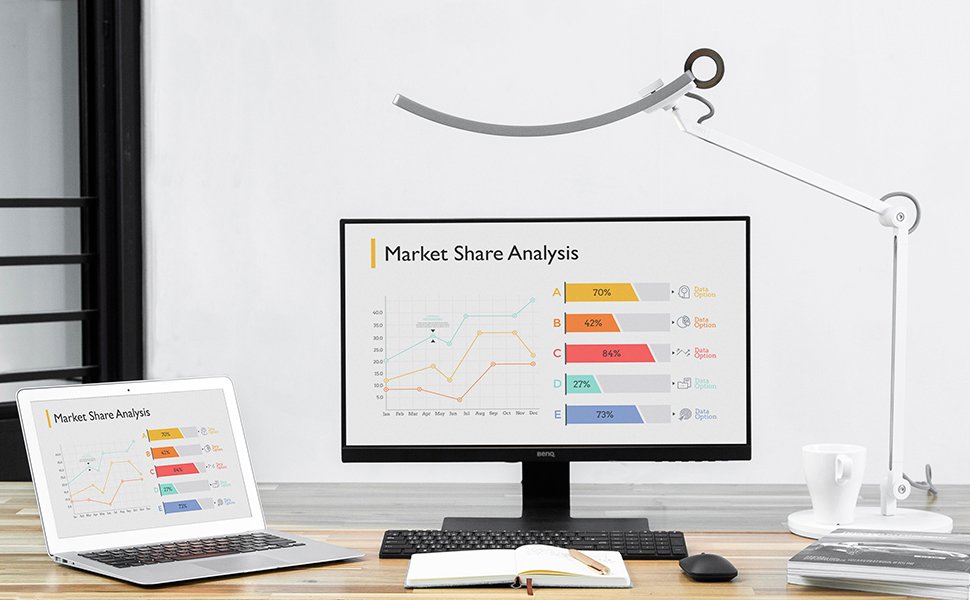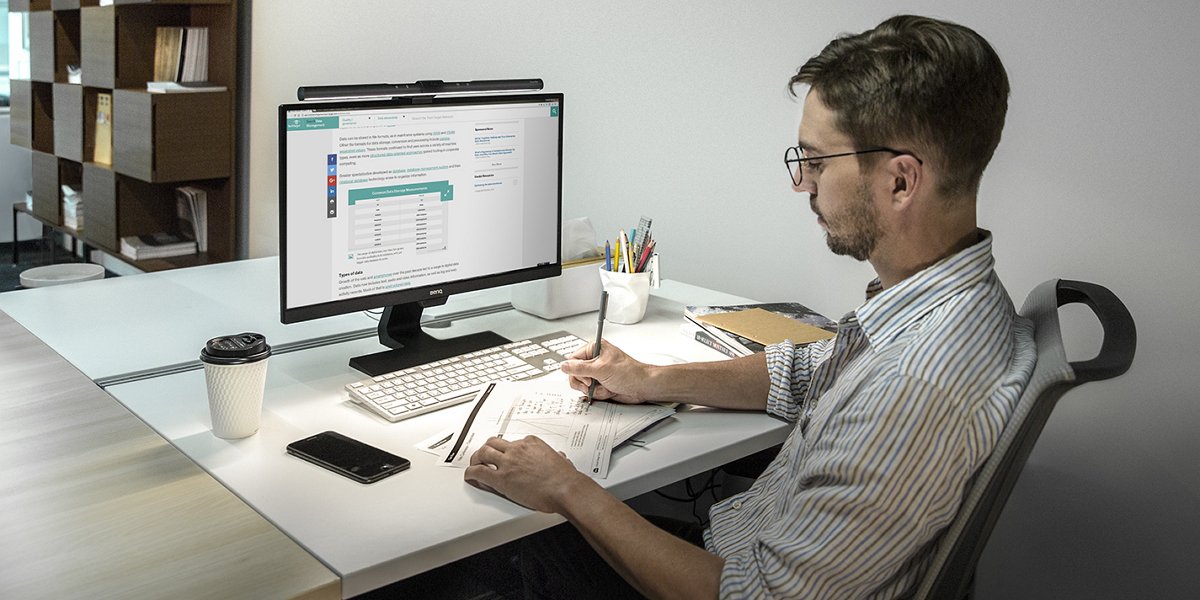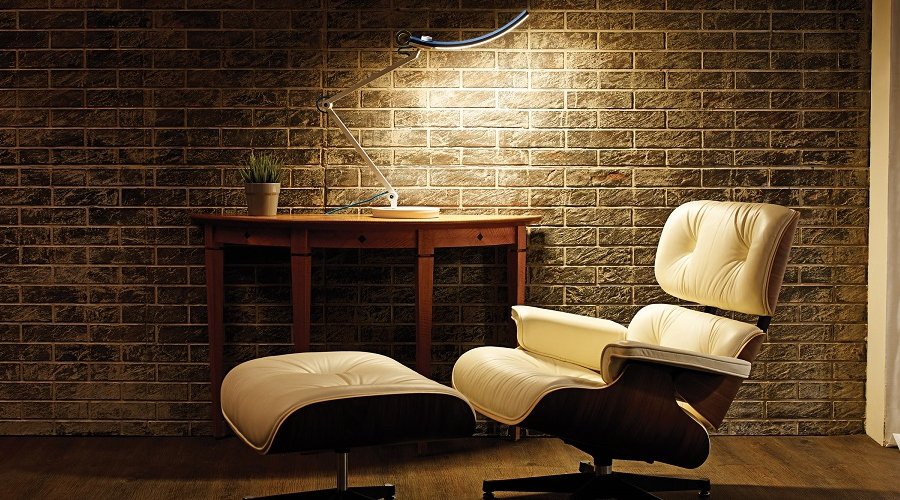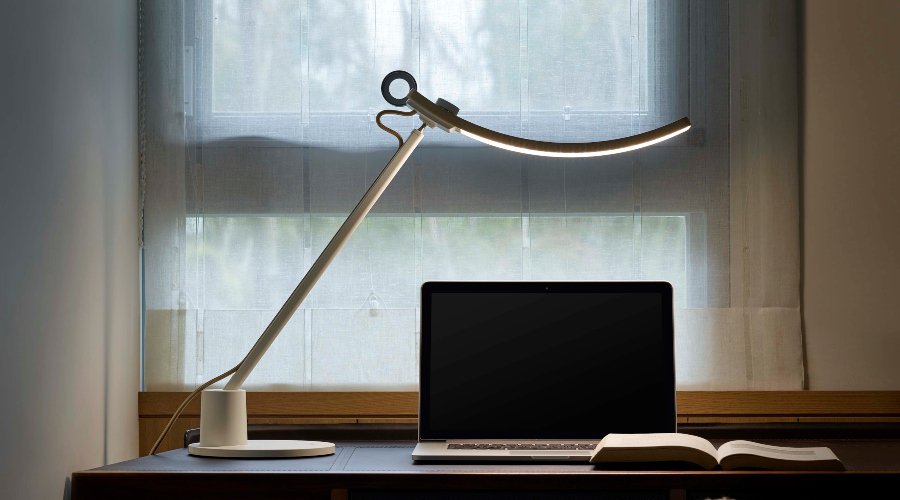Read on for five tips that will help you beat eye discomfort caused by using a screen for prolonged periods.
In the life of a modern person, the time spent totally free from electronic devices is very limited. Not only do we rely on technology to communicate, but most of our daily activities are also done using computers and mobile phones. Although we all know that we should minimize usage, it is pretty difficult to do in reality. If you work at an office, sadly you most likely you have to stay close to a computer screen all day, which surely puts a very heavy burden on your eyes.
In recent years, many solutions to remedy eye fatigue and discomfort caused by excessive screen exposure have emerged. For example, one of the most popular fixes are blue light filtering glasses and screen protectors. The idea is to filter shortwave, high energy blue light, which is the main cause of eye discomfort. However, some doctors point out that filtering blue light with lenses or a protective sticker may cause visual darkening, which in turn causes eye fatigue due to strain.
In fact, the best way to combat the fatigue caused by using electronic devices and prolonged screen exposure is to modify your usage habits. We should all exercise good screen health and eye maintenance, and consider the way we use devices and screens. The following five tips should be of great benefit to everyone bothered by eye discomfort.
